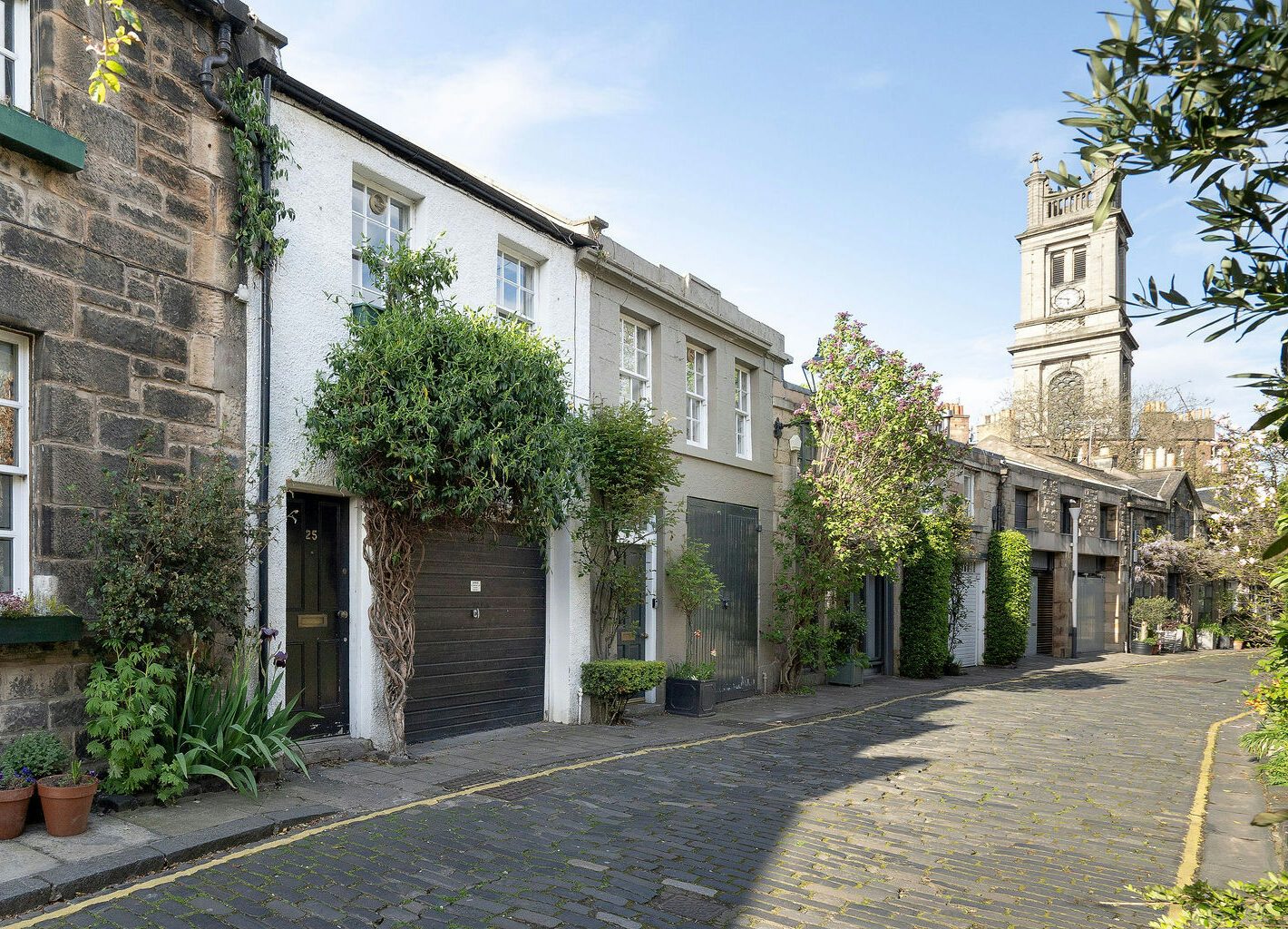A Guide on How to Buy a House in Scotland as an American
With interest from U.S. buyers at its highest in eight years, Scotland, and particularly Edinburgh, is fast becoming a prime destination for Americans seeking second homes, relocations, or long-term investments abroad. And with different property buying systems, many U.S buyers are looking for expert advice on how to buy a house in Scotland as an American.
According to This is Money, transatlantic demand is growing thanks to favourable exchange rates, better value than other major global cities, and a strong emotional connection with Scotland’s heritage. At Coulters, we work closely with U.S. based clients to help them navigate Scotland’s unique property system, identify the right area, and make confident, informed decisions.
Why More Americans Are Buying Homes in Edinburgh
Edinburgh appeals to American buyers on multiple fronts, from lifestyle to legacy, and from architecture to access.
Architecture, History and Quality of Life
Edinburgh’s UNESCO-listed Old and New Towns are renowned for their Georgian, Victorian and medieval buildings. The city combines rich heritage with a clean, safe, and walkable layout, ranked among the most liveable cities in Europe.
A Temperate Climate and Gateway to Europe
With milder summers than much of the U.S., Edinburgh offers a climate refuge from extreme heat. Its international airport provides quick access to both North America and mainland Europe, making it ideal for frequent travellers.
Value Compared to London and Other European Cities
Properties in Edinburgh are generally around 30-40% less expensive than in London, while offering many of the same cultural and economic advantages. Despite being the most expensive property market in Scotland, when compared to Paris, Dublin or Amsterdam, it remains an underpriced capital city with strong growth potential.
Ancestral Links and English-Speaking Advantage
Many American buyers have Scottish heritage and feel a personal connection to the country. The English-speaking environment and cultural familiarity also reduce barriers to entry and relocation.









